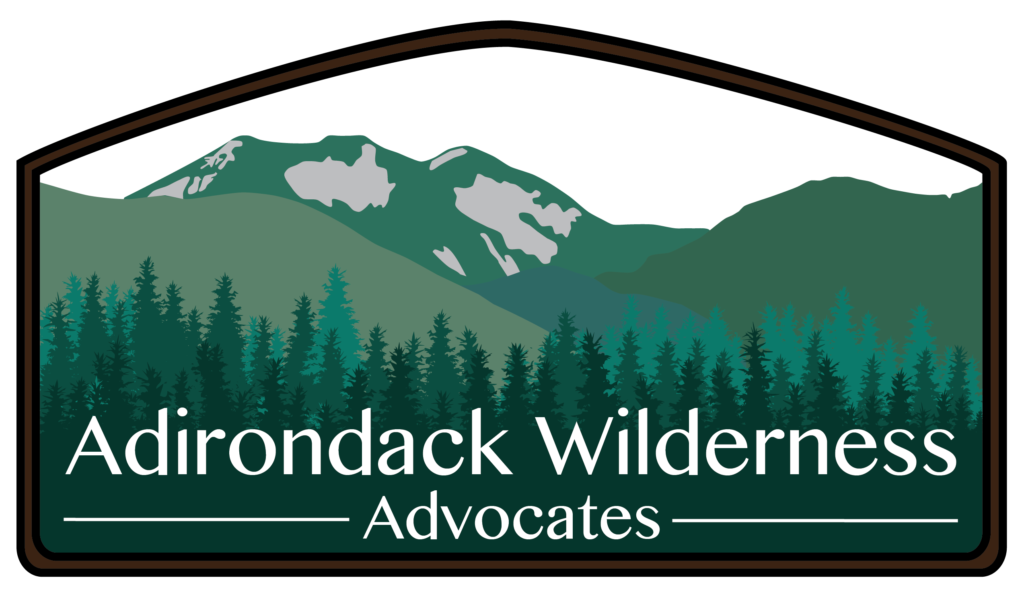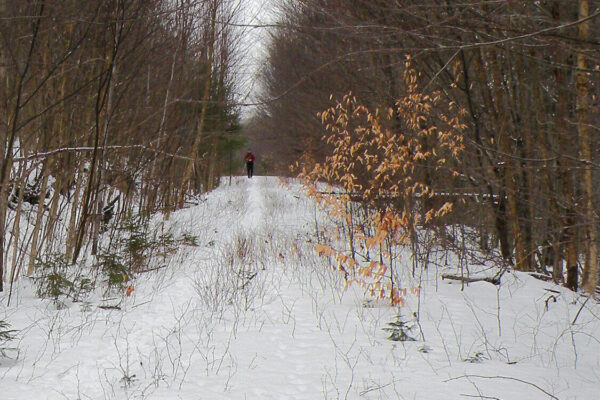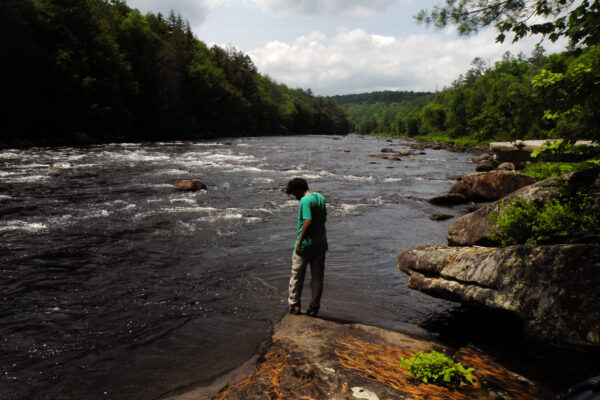Part 4 of 4
It has been a slow process, but it has been a privilege to observe these changes over a twenty-year period. Now instead of imagining the future, I can plot the course of the forest by remembering what it was and seeing what it is becoming. The results will be marvelous.
The good news is that my explorations are far from over. Bella is adapting to the undemanding life of a canoe dog, reopening the possibility for more water-based trips in the near future. But Whitney’s potential as a hiking destination has also started to intrigue me. There are two trip ideas planned for later in 2020: a multi-night circumnavigation of the entire lake, part of it by trail and part of it a short bushwhack, and the investigation of two unnamed hills that appear to have bald spots, remnants of a century-old forest fire.
And for me, this is entirely the point: the pleasure in remembering trips from years ago, the thrill of being so inspired by a place to which I never stop returning.
After such a long wait I can therefore say, without the risk of hyperbole, the possibility the year may end without genuine negotiations between the owner of Whitney Park’s remaining acreage and state officials is upsetting. Whitney Park is so well endowed with attractive features – and so centrally located within a growing network of public land that didn’t even exist the year I was born – its potential value for public recreation and wildland preservation cannot be understated. Everyone who loves the outdoors would lose if New York was unable to secure a purchase agreement, now or in the near future.
The illegal introduction of bass into Little Tupper has been cited as one reason for the owner’s hesitance to sell, although as I’ve already stated the Whitneys’ long stewardship of the land, while admirable, was itself less than immaculate. “Locking up” the land with a wilderness designation has been another excuse, but more members of the public visit the William C. Whitney Wilderness today than the adjacent Whitney Park, which is “locked up” by thousands of yellow signs posted all along the boundary line. These arguments don’t follow any line of reasoning I can understand or defend.
On the other hand, the status of a few substantial buildings in a couple far-flung corners of the park may be worth discussing. But here the solution is simple: carve these out as separate properties, independent of the remaining forest, with the associated access roads – limited to the minimum necessary mileage – conveyed to Hamilton County and the town of Long Lake as public highways. The balance of the land, in all its wild glory, would then be ripe for inclusion in the Forest Preserve.
This would open an exquisite resource, blemishes and all, to the public to the first time in 123 years. We have all waited long enough! Anyone can open a web browser and view satellite images of what’s at stake: dozens of undeveloped lakes and ponds, miles of streams, the open-rock summit of Salmon Lake Mountain. It’s a property that would offer something for everybody, just by virtue of its size and relative accessibility from Route 30.
Whitney Park is a prime candidate for state acquisition, and the Forest Preserve seems distinctly incomplete without it. For twenty-two years I have been highly grateful of what George Pataki and Marylou Whitney started; now it would be an expression of hope and optimism for the future if we worked to fulfill that vision and keep this place wild.
Part of a series on Whitney Park:



